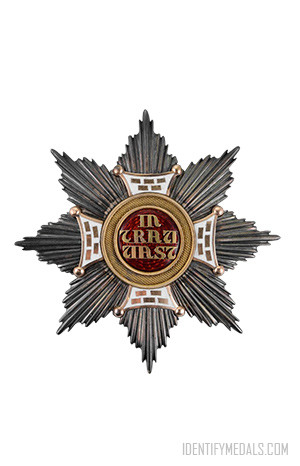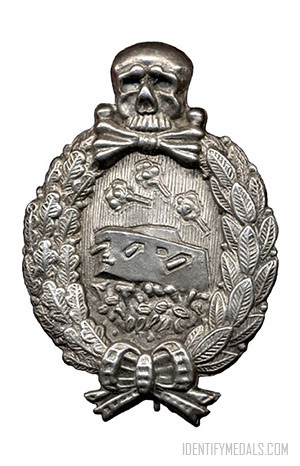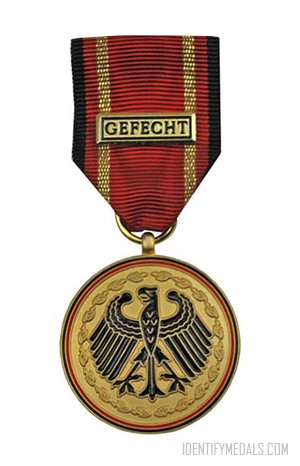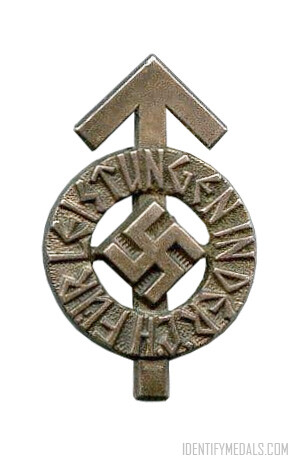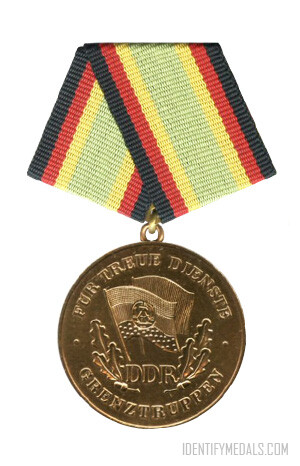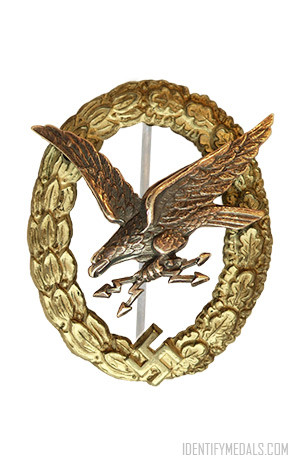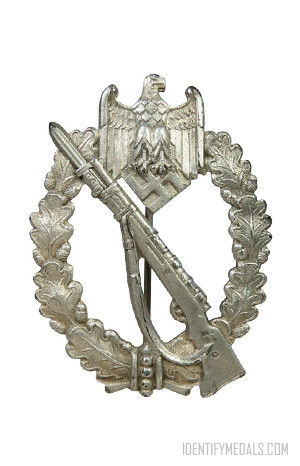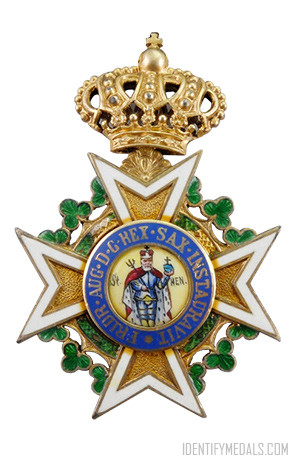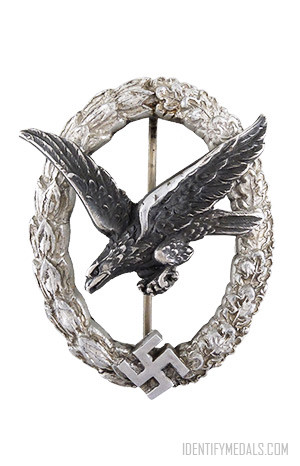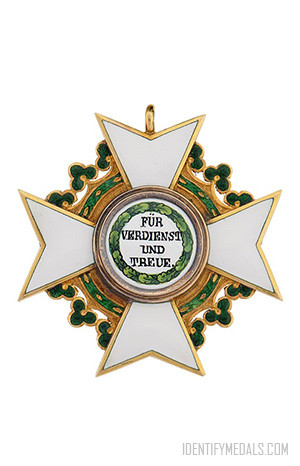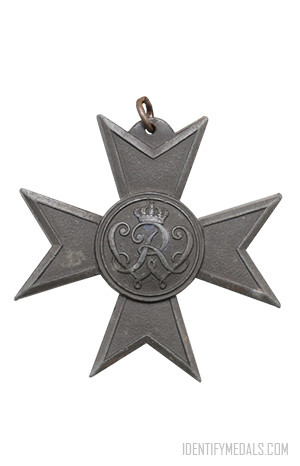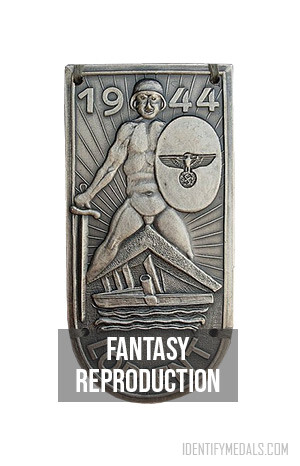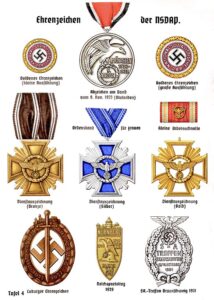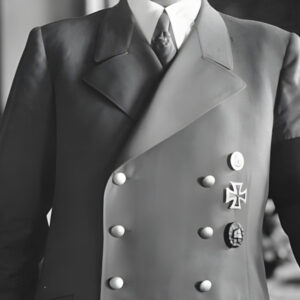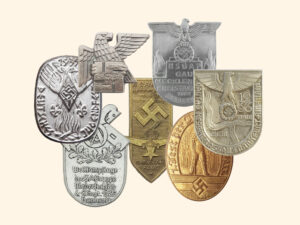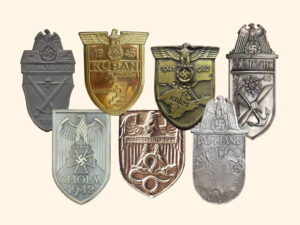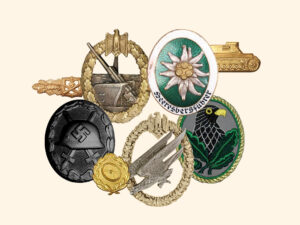- Time Period: Pre-WW1
- Institution: ~ 1444
- Country: Germany (Kingdom of Bavaria)
The Royal Order of Saint Hubert is a Roman Catholic dynastic order of knighthood founded in 1444 or 1445 by Gerhard VII, Duke of Jülich-Berg to commemorate his victory over the House of Egmond at the Battle of Linnich on 3 November (Saint Hubert‘s day, which commemorates the conversion of Saint Hubert and his standing as the patron saint of hunters and knights).
The establishment of the Order occurred during a long-term, intermittent territorial dispute that began in the 1430s between the Dukes of Jülich and the Guelders. the Order of Saint Hubert honors a military victory of the Duke of Jülich, on Saint Hubert’s day, 3 November 1444.
Initially, the order was open to men and women, although the number of male companions was limited to sixty. Over time, the award had other uses as a reward for loyalty to the monarch and service to the princely state.
The Order of Saint Hubert Design
The insignia is a gold-enameled cross lying in a white field and surmounted by a crown.
On the obverse is represented the conversion of Saint Hubert, with the legend In trau vast (“Firm in fidelity”) in Gothic letters. On the reverse lies the imperial orb and the Latin inscription In memoriam recuperatæ dignitatis a vitæ 1708 (“In remembrance of the restoration of the original dignity, 1708″).
Originally, the order consisted of a collar (of stylized horns, six for men and four for women) and a pendant jewel (depicting the conversion of Saint Hubert). The great cross was only worn on special days.
The collar of the Order under the Wittelsbach dynasty consisted of forty-four gold links, twenty-two of which consisted of a rectangular representation of the conversion of Saint Hubert in open relief surrounded by a gold and white enamel frame.
The sash of the Order was poppy red moire with narrow green borders, but under the knot, at the ends of this sash, these green borders as well as the ends of the sash were covered with gold metallic ribbon.

